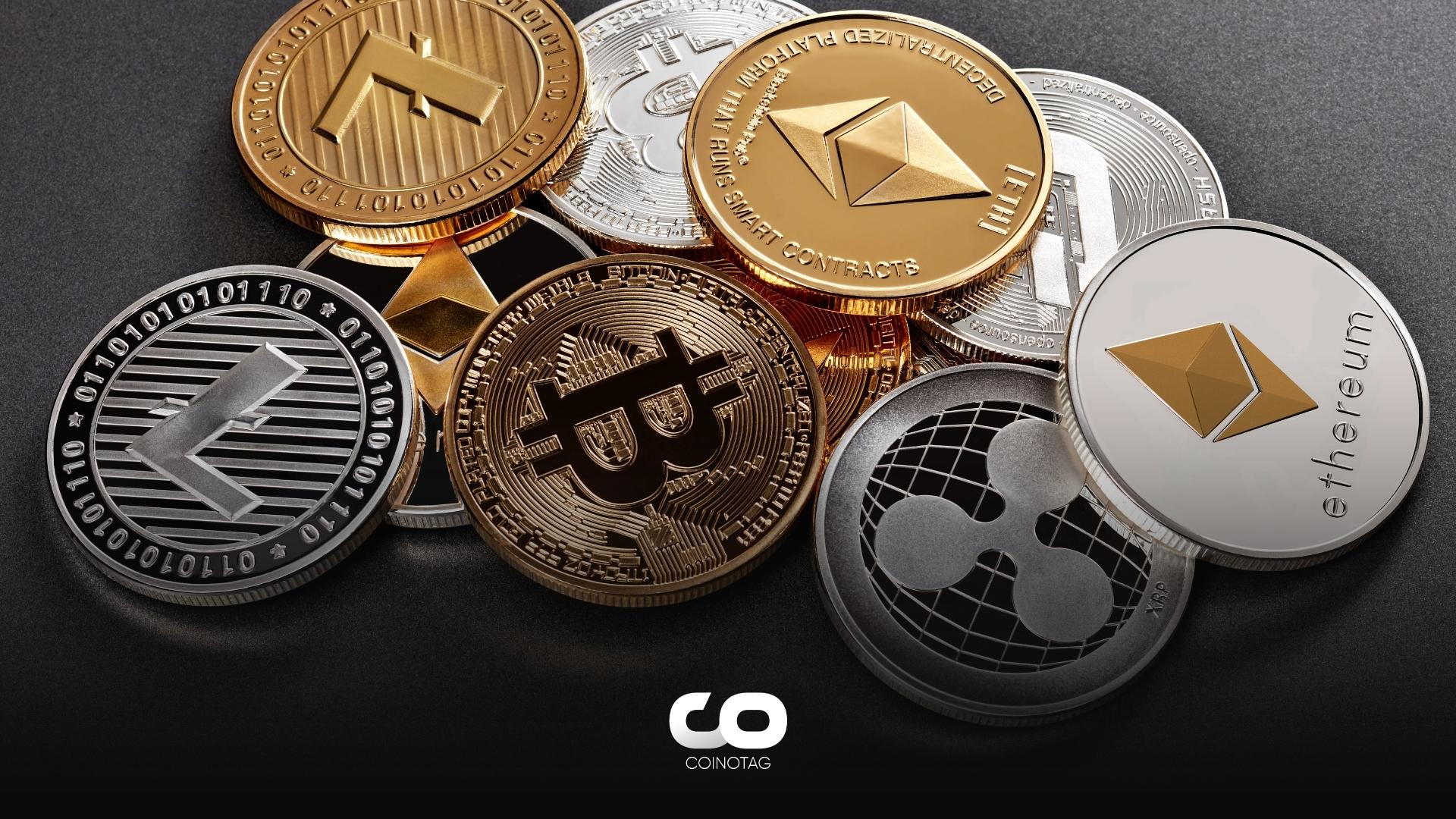Do all cryptocurrencies use blockchain
And most of them are top-notch. There are large jackpot slots, high-paced crash games, and classic card games. What really stood out to us was the fact that there are over 500 live dealer games as well, which is very impressive for a crypto casino site Caesar’s online casino.
The Provably Fair algorithm can analyse and verify fairness in most casino games, such as table games, video poker games, slot games and even jackpot games. The biggest benefit of provably fair games is that no third party is required to verify the fairness of crypto casino games, meaning they can be added to the Bitcoin casino quickly.
Slots (slot machines) – Slots are the most popular games you can play in crypto casinos. The gameplay is simple – the player spins the reels with symbols to win prizes. The winnings are paid according to the slot’s paytable.
Roulette – A relatively simple game, in which the roulette wheel is spun, and the players are paid a sum based on what they have previously bet on in crypto. This can be color, exact number, odd/even, etc.
Bitcoin and other crypto casinos do not differ much from classic online casinos. The main difference between PayPal, Skrill, VISA, and similar sites and crypto casinos is that you can make your deposits and withdrawals in cryptocurrency.
Do all cryptocurrencies use blockchain
Ah, the age-old mix-up: crypto vs blockchain. It’s like confusing the engine for the entire car. Crypto, short for cryptocurrency, is a digital asset you can trade or invest in. Think of it as the fuel that powers various blockchain networks. On the flip side, blockchain is the underlying tech that makes this all possible. It’s the engine, the chassis, and the wheels rolled into one.
“As a reward for their efforts in validating changes to the shared data, nodes are typically rewarded with new amounts of the blockchain’s native currency—e.g., new bitcoin on the bitcoin blockchain,” says Sarah Shtylman, fintech and blockchain counsel with Perkins Coie.
The popularity of yPredict will propel its native token YPRED to stardom, making it one of the most lucrative crypto investments of 2023. 10x gains are the least we can expect from this incredible project.

Ah, the age-old mix-up: crypto vs blockchain. It’s like confusing the engine for the entire car. Crypto, short for cryptocurrency, is a digital asset you can trade or invest in. Think of it as the fuel that powers various blockchain networks. On the flip side, blockchain is the underlying tech that makes this all possible. It’s the engine, the chassis, and the wheels rolled into one.
“As a reward for their efforts in validating changes to the shared data, nodes are typically rewarded with new amounts of the blockchain’s native currency—e.g., new bitcoin on the bitcoin blockchain,” says Sarah Shtylman, fintech and blockchain counsel with Perkins Coie.
All the cryptocurrencies
A coin refers to cryptocurrencies and tokens, digital assets created and managed on blockchain networks. A cryptocurrency, also known as ‘crypto,’ is a digital currency that uses cryptography for security and operates on a decentralized blockchain network. Cryptocurrencies are native coins of their respective blockchains used to pay transaction fees and facilitate transactions within that network. Examples of cryptocurrencies include Bitcoin (BTC) and Ethereum (ETH).
The coin market constantly changes due to the creation of new coins and others being abandoned. While the exact number fluctuates, tens of thousands of cryptocurrencies exist already. On our platform, we continue to list both active and abandoned coins for informational purposes, providing a complete overview of the cryptocurrency landscape.
On the other hand, tokens are digital assets that are not native to a particular blockchain but are created on existing blockchain platforms, typically through tokenization. Tokens can represent various types of assets, such as utility tokens, security tokens, or non-fungible tokens (NFTs). They can be easily created using templates, where developers specify parameters like initial supply, number of decimals, and other metadata. Most tokens are created on established blockchain networks like Ethereum, using standards such as ERC-20 for fungible tokens and ERC-721 for non-fungible tokens.

A coin refers to cryptocurrencies and tokens, digital assets created and managed on blockchain networks. A cryptocurrency, also known as ‘crypto,’ is a digital currency that uses cryptography for security and operates on a decentralized blockchain network. Cryptocurrencies are native coins of their respective blockchains used to pay transaction fees and facilitate transactions within that network. Examples of cryptocurrencies include Bitcoin (BTC) and Ethereum (ETH).
The coin market constantly changes due to the creation of new coins and others being abandoned. While the exact number fluctuates, tens of thousands of cryptocurrencies exist already. On our platform, we continue to list both active and abandoned coins for informational purposes, providing a complete overview of the cryptocurrency landscape.
On the other hand, tokens are digital assets that are not native to a particular blockchain but are created on existing blockchain platforms, typically through tokenization. Tokens can represent various types of assets, such as utility tokens, security tokens, or non-fungible tokens (NFTs). They can be easily created using templates, where developers specify parameters like initial supply, number of decimals, and other metadata. Most tokens are created on established blockchain networks like Ethereum, using standards such as ERC-20 for fungible tokens and ERC-721 for non-fungible tokens.




